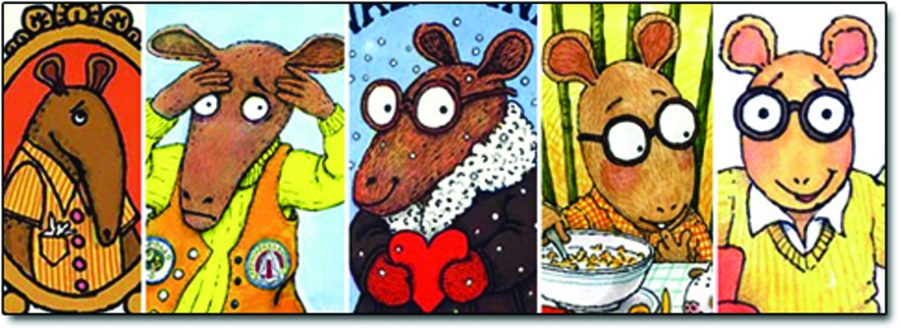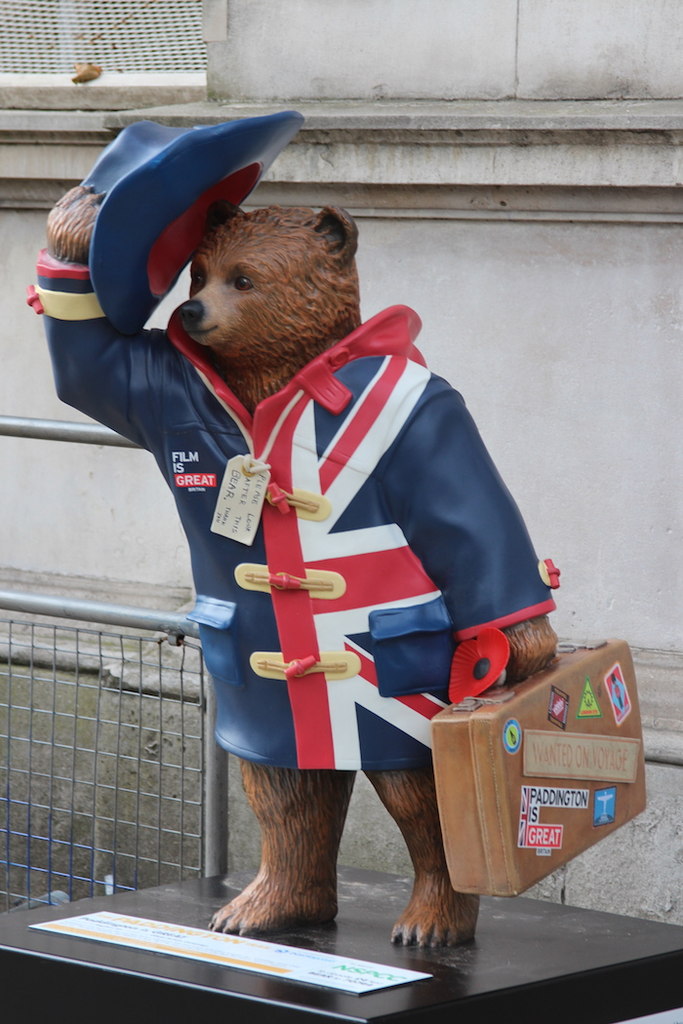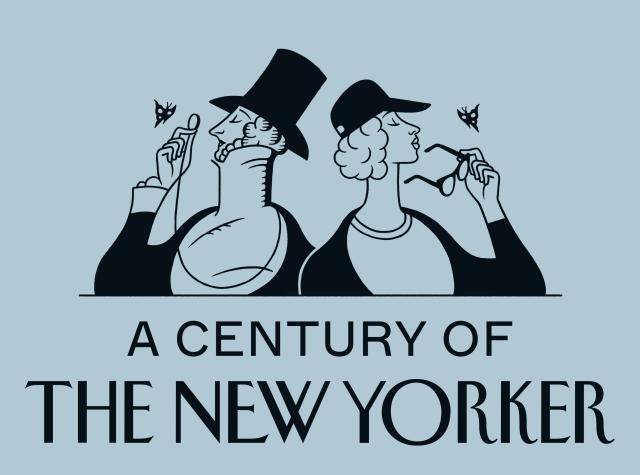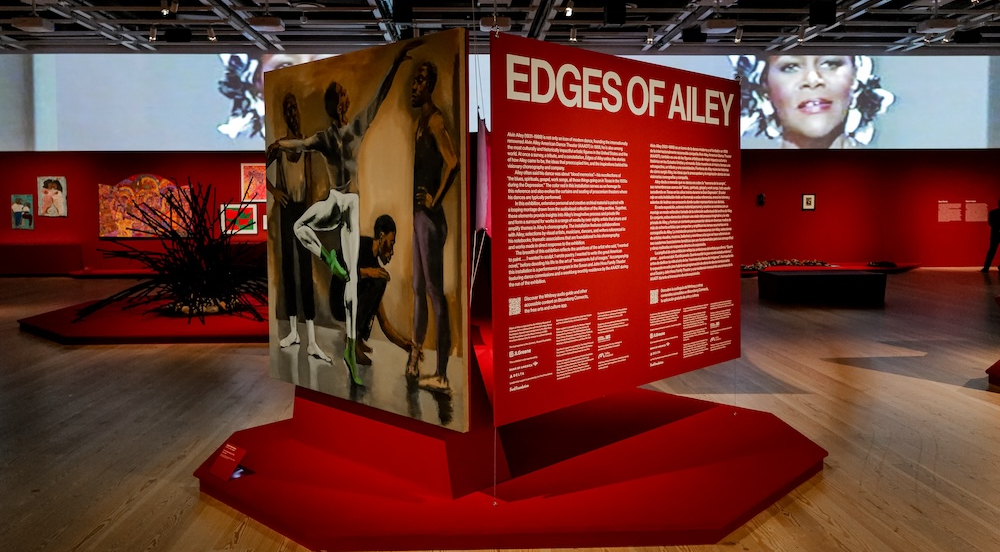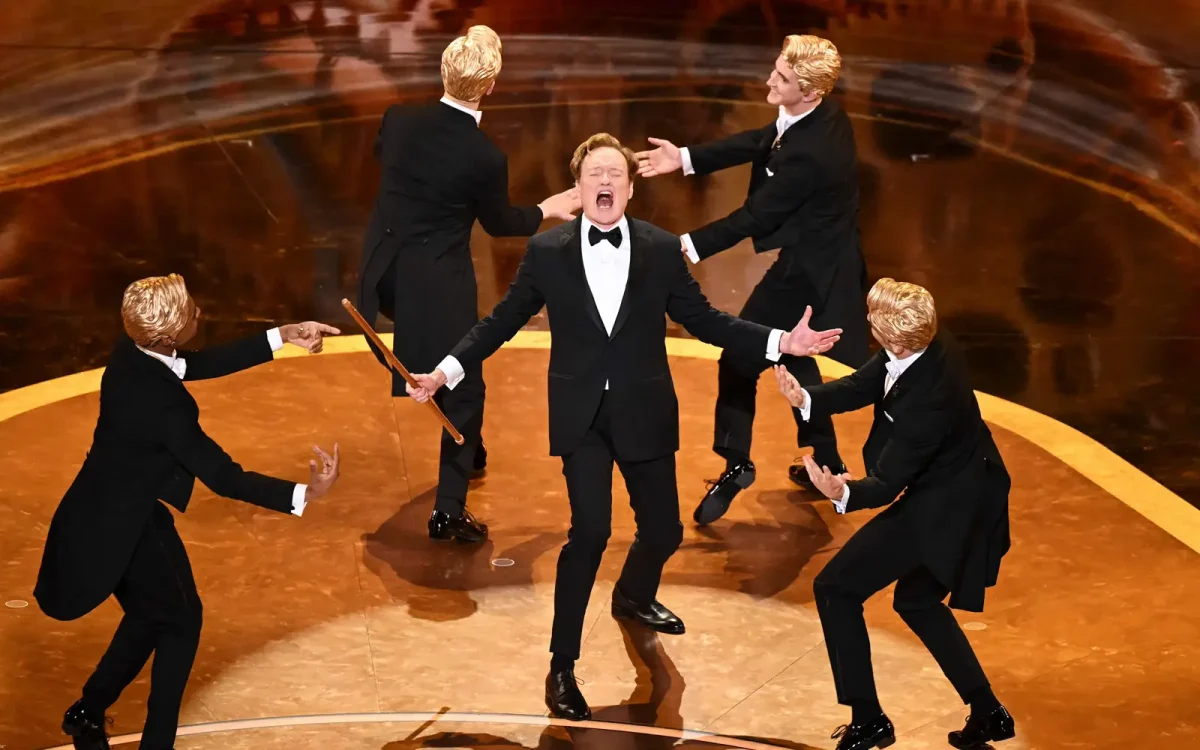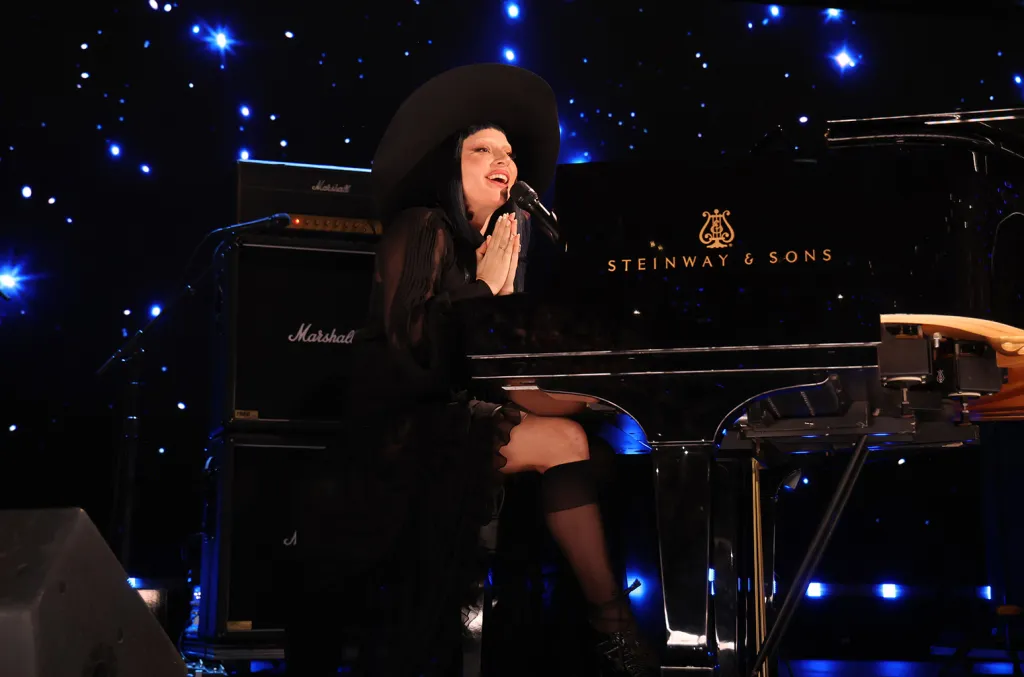“Hey, what a wonderful kind of day!” greeted the creative Emmy-nominated team behind the famous animated character Arthur the Aardvark at this year’s New York Comic Con. The Pace Press had the opportunity to attend a panel exploring the ages of the aardvark celebrity and why it is such a hit with many viewers of various ages.
Arthur creator Marc Brown started the phenomenon as a book in 1976, which he claimed to be “the worst year of my life.” Brown explained how on this day he was fired from his teaching job and returned home to where his son wanted a bedtime story, thus how the character of an aardvark with a very long nose was born. During this tough time, Brown struggled with unemployment, not having health insurance and having to buy diapers. What he truly enjoyed was writing, drawing and kids, but he wasn’t making any money.
Then, he realized he could make money if he turned the aardvark’s story into a series. Brown was forced to go back to third grade and remember all of his friends and teachers he had which in order to inspire the popular Arthur books. Not long after, PBS came to Brown and suggested combining Arthur and television in order to make kids want to read.
Among the panelists at NYCC was Greg Bailey, who translated Brown’s drawings into T.V. characters. At first it was hard for Brown to share with others and accept drawings others did of his own characters, because he admitted to being a “control freak.” Greg explained the challenge of keeping the style of Brown’s original book series. Brown’s constantly fluctuating characters had to be standardized in T.V. drawings because there was never just one exact image of Arthur to produce from 2D to 3D.
Another difficulty with transitioning Arthur from a book to the screen was defining Arthur’s world. Brown created a specific map of Elwood City and a floor plan of Arthur’s house, all of which were based off of Hingham, MA, where Brown lives.
When asked what character is easiest for him to write for, scriptwriter Peter K. Hirsch explained how the character of George, the awkward shy Moose who talks through a wooden puppet, is his biggest joy to write. This is because George has many problems. The character of Muffy, on the other hand, is the most difficult for Hirsch to write because she can be nasty, but he also has to find ways to make her clueless.
This is one concept that the creative team emphasized regarding the dynamics of the show. The characters of Arthur aren’t perfect. The awkward quiet child is a genius, the rich child is genuine, and the nice well-behaved child gets in trouble for hitting his little sister. Arthur portrays real life situations and people to audiences. There is a natural quality to the show that explores real kids going through real events.
The artists also answered the huge question that every devoted Arthur fan has been wondering: Why do the characters’ voices keep changing? The reason why the T.V. characters’ voices have changed over the years is because they pride themselves on using real kids to do the voice recordings. Because of this, young boys voices are constantly changing pitches and it is difficult to find a new actor on short notice that sounds exactly similar to the previous actor’s voice. A surprise fun fact for Arthur fans; Arthur’s little sister D.W. is actually played by a boy.
One of the biggest topics on the discussion of the popularity of the kids television show is the timeless music. Arthur has one of the best theme songs in television history. The memorable theme song “Believe in Yourself” was recorded in Jamaica by Ziggy Marley and features the voices of Bob Marley’s many family members, including his grandkids. Another interesting bit of truth; the fun and catchy tune was recorded while these artists were under the influence of marijuana, truly a “wonderful kind of day.”
The music featured on the show exposes kids to a wide range of real music. No other show is bolder about using music in animation. It does not just include silly children’s tunes, but real songs with melodies and meaningful lyrics. Some of the most popular songs include “Library Card,” “Sad Bunny,” and “Jackal High.” Past musical artists featured on Arthur include Yo-Yo Ma and Joshua Redman. Arthur introduces artists to children and makes music cool to them. This is one huge reason for the wide demographic of the show.
Another factor that makes Arthur unique is it doesn’t shy away from serious topics, portraying the most dire of human circumstances. Audiences can find themselves both weeping and laughing while watching a cartoon. Past episodes have touched upon the topics of cancer, Asperger’s and dyslexia. In addition to being fun and entertaining, each episode takes on another issue at the same time, making it both entertaining and educational to viewers. The shows plots come from life experiences and deal with real things the writers’ own kids are going through.
The panelists expressed one of the biggest things they learned in producing a show for children television is to not talk down to kids by including big words and adult concepts and references because they will eventually gain knowledge of it. The show doesn’t specifically aim for adults as their target audience, but they often do understand certain humor and react and a different way.
Many parents and family members offered thanks to Marc Brown and his team for creating such an educational show for their young children. One audience member personally thanked Brown, explaining how his son didn’t like to read but now is the number one reader in his class. He also adds that his son now knows how to behave well and treat his younger sister. Another college-aged audience member expressed, “Arthur has been a great teacher to all of us on life circumstances. There is always something to learn…so good with young and old.”
Arthur will be entering its 17th season next month as the second longest running animated series on T.V., behind The Simpsons. Although “half of the Arthur audience goes to the bathroom in their clothing,” as Brown admits, the demographic includes a wide range of college students and parents alike. Either way, the show depicts timeless situations everyone faces as both an adult and a child. Arthur now has over 1 million Facebook fans, most of them being older. There is a prominent population of kids who now get together to watch Arthur. The unique and timeless qualities of the long-beloved cartoon and his world are here to stay.
The transformation of the brainstormed bedtime story into an award-winning famous animated series just goes to show that little pink slip can be a ticket to great adventures and success.

